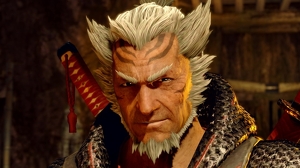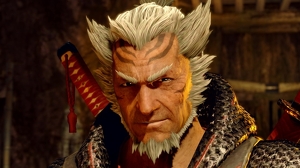
Monster Hunter has finally arrived on Nintendo Switch with Monster Hunter Rise and some might say it's a landmark title for the series. It's the first wide-open 3D experience built around Capcom's RE Engine for Nintendo Switch. It showcases what is possible with the engine on more limited hardware, combining elements the series was known for in previous handheld incarnations along with big feature improvements delivered by the excellent Monster Hunter World. The compromises are clear, but the results are impressive.
The series began life on PlayStation 2, though it found the greatest success on PSP, before transitioning to Nintendo platforms such as Wii, Wii U and 3DS and always followed a 'segmented' world design. Up until the arrival of Monster Hunter World, each area was broken up into a series of smaller, numbered maps. You would do battle with Monsters in these areas but they could move around the larger map where you could follow them through short loading screens. It worked but it always felt like a limitation put in place by the target hardware, which is why the arrival of Monster Hunter World represented a shift in design. By aiming for PlayStation 4, Xbox One and the PC, Capcom was able to build a more ambitious game in which individual arenas were no longer divided by loading screens – it would become a single, seamless world. Of course, the villages were still divided out, but once you entered each hunting area, it was open for exploration without loading.
And this leads us up to the arrival of Monster Hunter Rise. It seems that simply porting World was never on the cards – Rise uses the new RE Engine rather than the older MT Framework, so what we get is a more bespoke experience seemingly built from the ground-up for Switch, but retaining the bigger open worlds. Put simply, the environments are huge and the new Wirebug mechanic allows you to traverse more of the map than any prior installment. You can reach areas that almost seem as if they shouldn't be accessible, which makes for a more enjoyable traversal experience.
